A tarsal coalition describes an abnormal connection or fusion between two or more tarsal bones of the foot. The connection between the two tarsal bones can be bony, cartilaginous or through fibrous tissue. There are seven tarsal bones located at the rear of the foot which include:
The bones and joints most often affected are the calcaneus and the navicular (calcaneonavicular joint) and the talus and the calcaneus (talocalcaneal joint). One or both feet can be affected.
Tarsal coalition commonly occurs in the womb during development and results in improper bone formation. It is thought to be linked to a gene mutation that affects the cells that produce the tarsal bones. Other causes of tarsal coalition include:
For the majority who are born with tarsal coalition, the symptoms often don’t begin until the ages of around 8 to 16 years. This is when the bones tend to mature and ossify (harden). Not all tarsal coalitions are symptomatic, but symptoms can include:
You can learn more about children’s foot problems here.
Before treatment begins, the presence of a tarsal coalition is confirmed radiographically. Because the coalition of the bones cannot be reversed, treatment looks to manage the symptoms and control pain. The initial focus is on limiting the movement still available at the affected joints in order to relieve painful symptoms. This may include:
In more severe cases where conservative therapies do not alleviate the painful symptoms, surgery may be indicated.
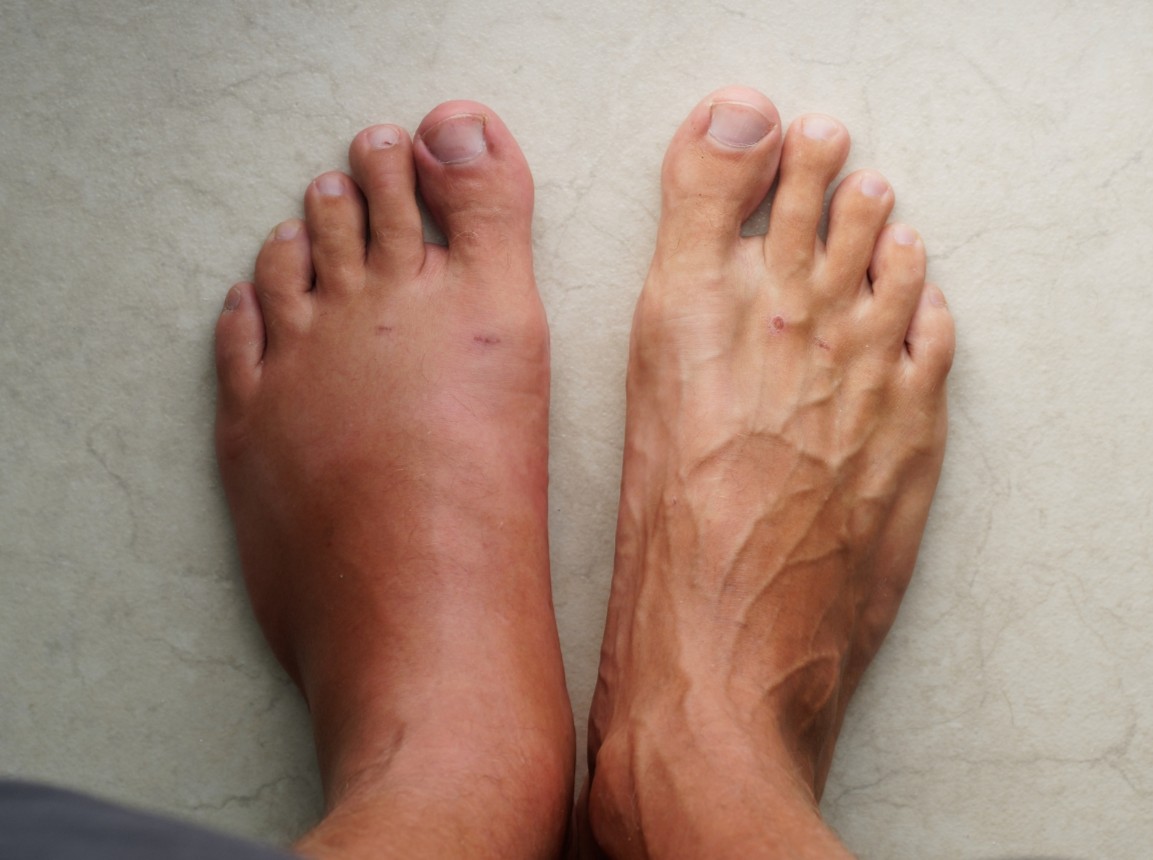
We’ve all had those days — you come home after hours on your feet, kick off your shoes, and notice your ankles look puffier than usual.
Swelling in the feet, ankles, or legs (known medically as edema) isn’t always a reason to panic. It can be as simple as a
salty lunch or a long flight.
But what if it’s happening more often — or seems to be getting worse? Swelling can sometimes be a sign of something more serious. Here’s
what could be going on and when to check in with your doctor.
.jpg)
Every year on October 8th, the world celebrates International Podiatry Day - a day dedicated to
raising awareness about foot health and the vital role that podiatrists play in our overall well-being.
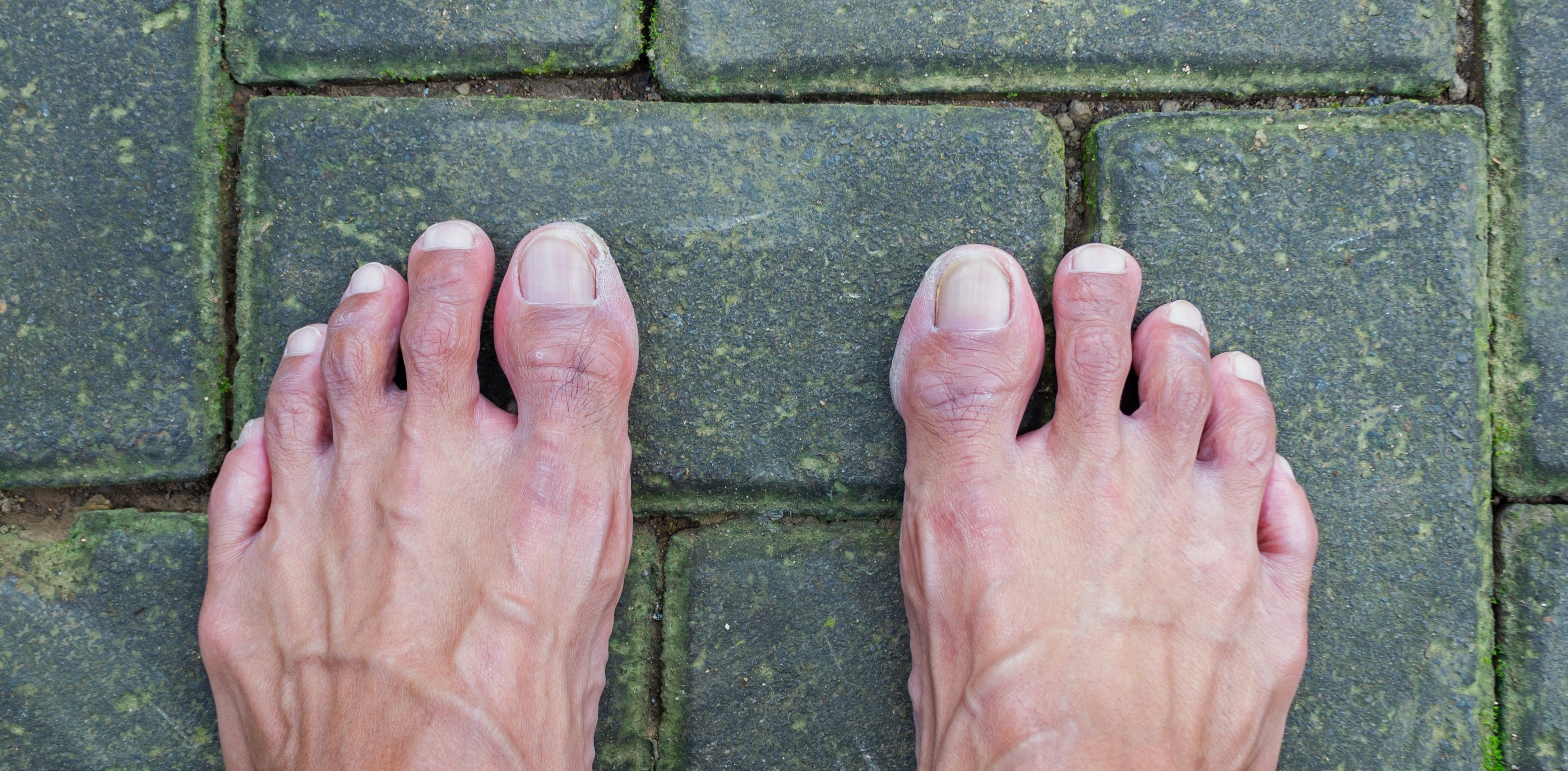
There’s been a lot of buzz about going barefoot. Some say it helps strengthen feet and improves performance, while others warn it can do more harm than good. The truth? It depends on the person, the surface, and how it’s done.
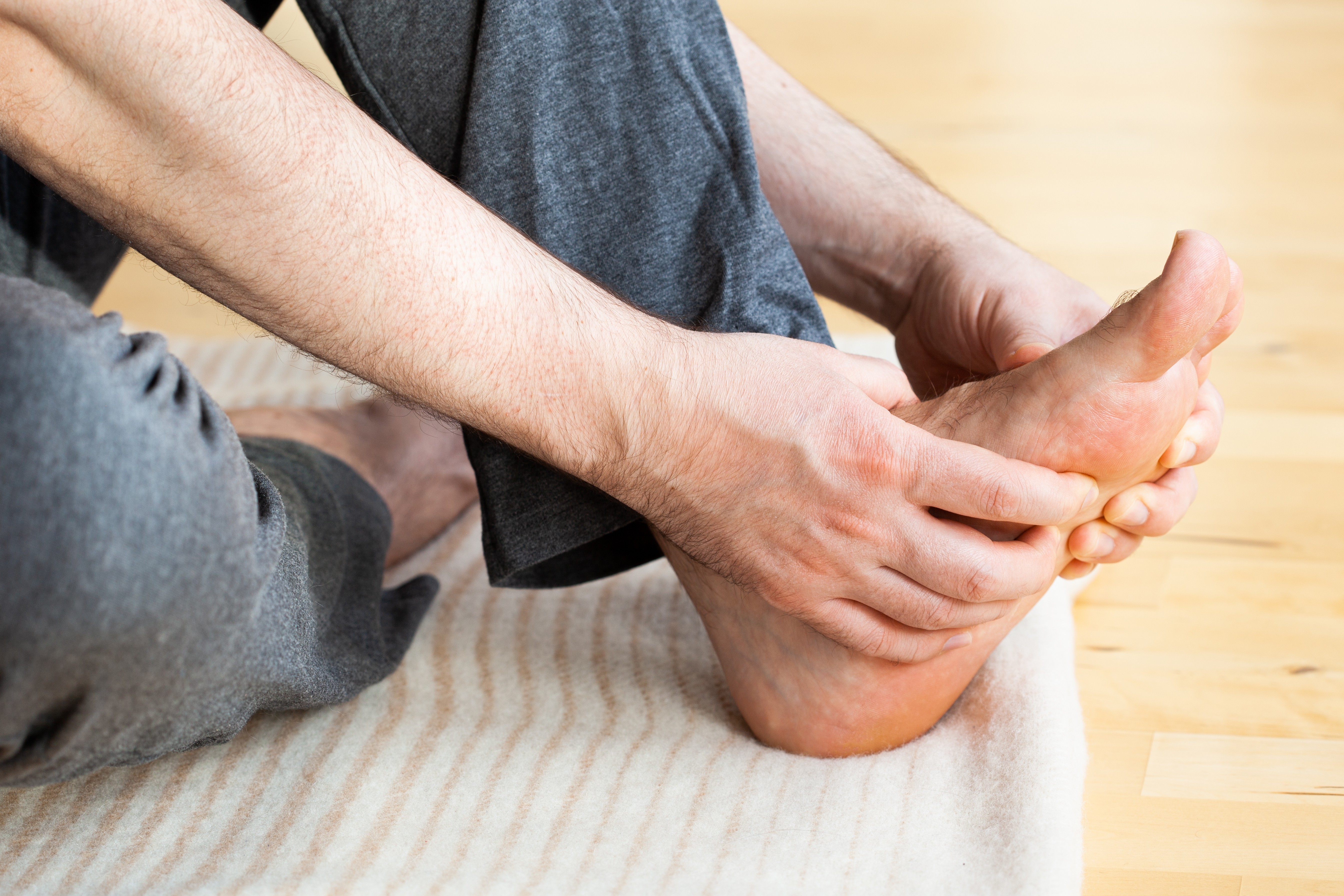
At Perform Podiatry, we specialise in conservative, evidence-based treatments that are safe, effective, and suitable for patients of all ages. One of the most successful options we offer is high-strength salicylic acid therapy.
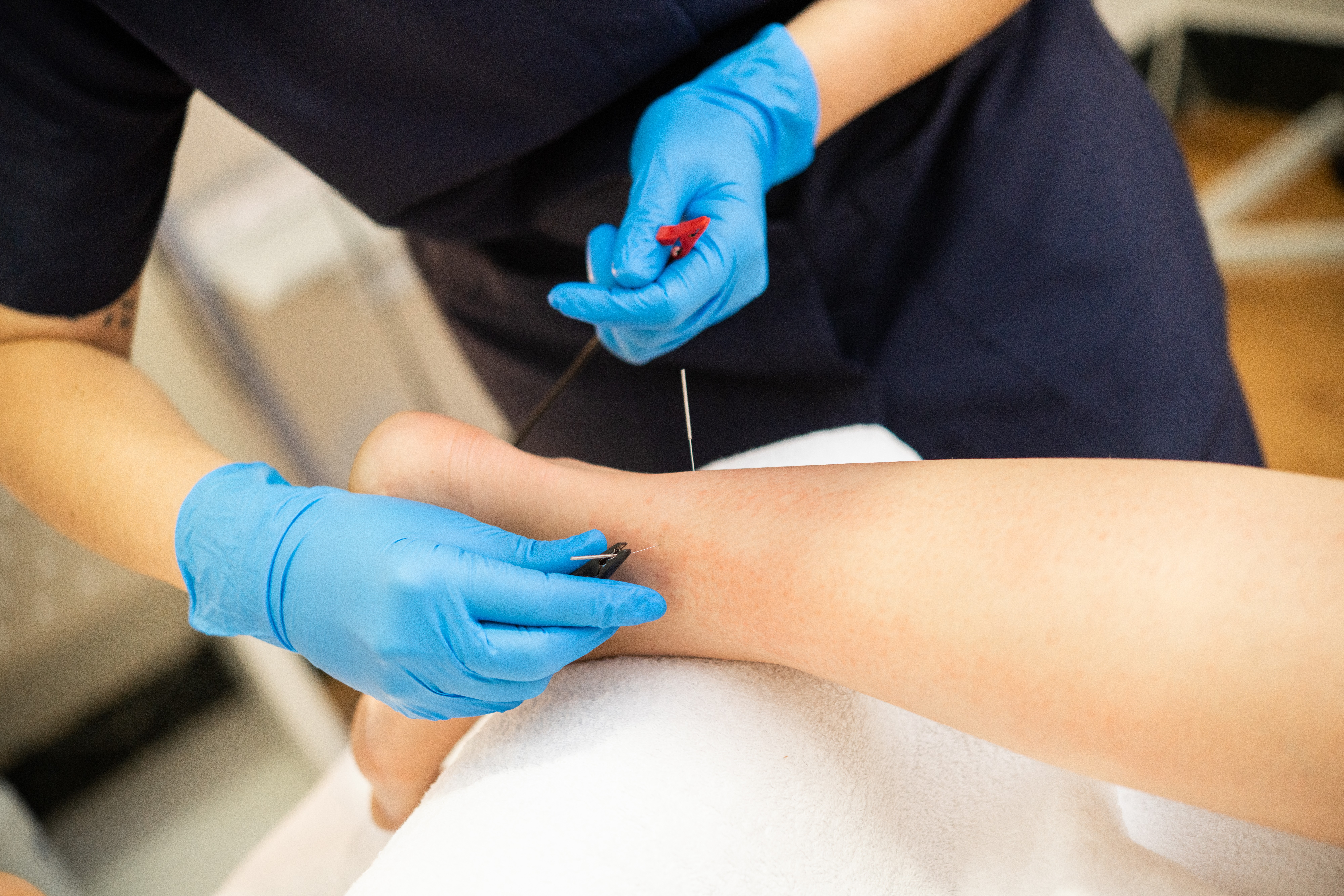
When most people think of podiatry, they picture orthotics, skin/nail care, or sports injury treatment. But podiatry isn’t just about what’s
happening mechanically in your feet, it’s also about supporting the body’s natural healing processes.
One treatment that’s gaining popularity in podiatric care is acupuncture — a technique with ancient roots and modern
scientific backing.
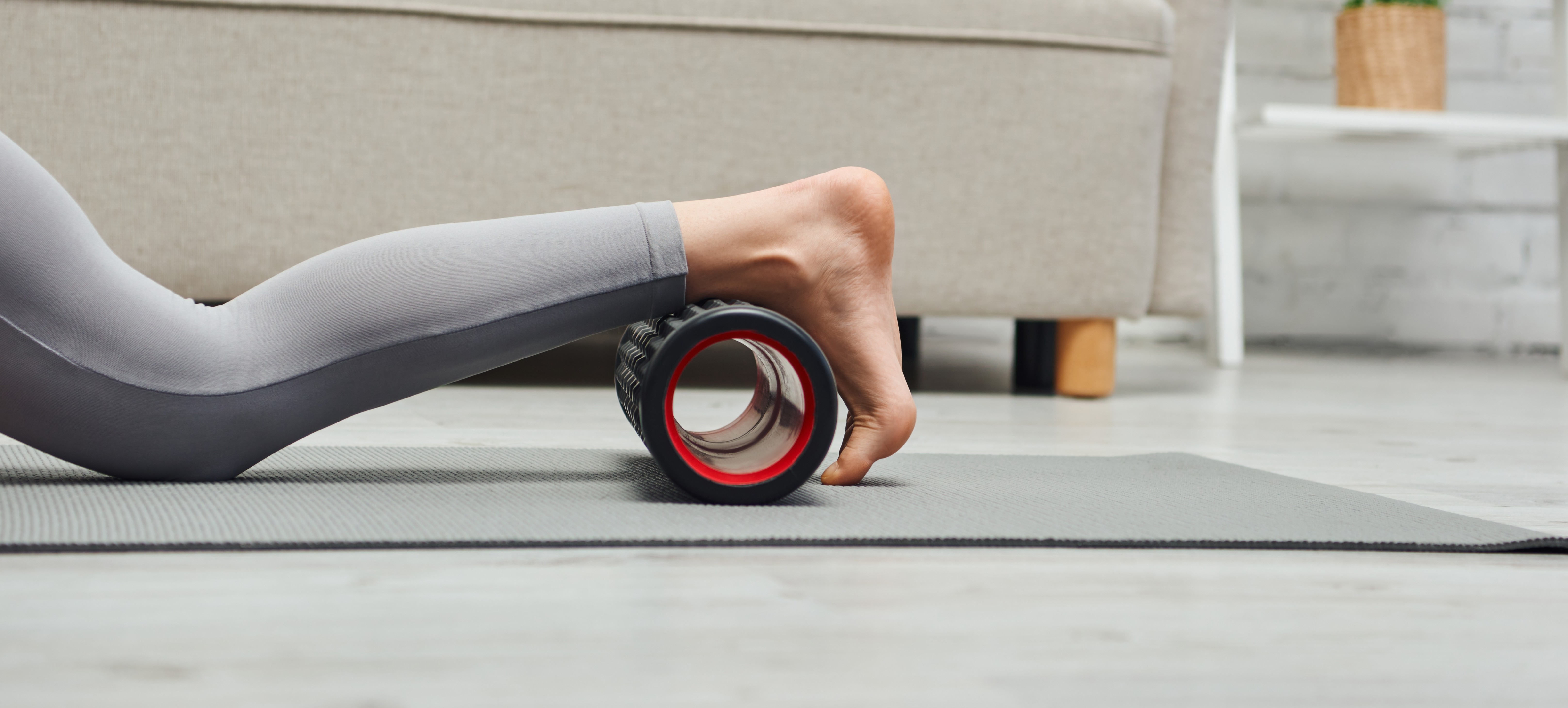
Even a few minutes of foam rolling per day can make a significant difference in your lower limb health. Focus on the calves, hamstrings, IT
band, and plantar fascia. Combine with stretching and strengthening for best results.
Read this blog to find out more about the benefits of Foam rolling.
Keeping your family on their feet and helping them to walk, run, play and exceed their goals is why we love getting up in the morning.
Ground Floor, One Health Building
122 Remuera Rd, Remuera
Auckland 1050, New Zealand
| MON - FRI | 7:30am – 6:30pm |
| SAT | 8:30am – 4:30pm |
| SUN | Some availability |
Make an Appointment
Online Schedule
Our virtual receptionist is available 24/7 to help with general questions, booking requests, and clinic information, even when our team is busy, or it's after hours.
Whether you're calling us or using our website, you'll get fast assistance any time of day. And if your query needs a personal touch, a member of our team will follow up as soon as possible.
If you’d like to see a podiatrist who speaks your preferred language, just give us a call and we’ll help you book.